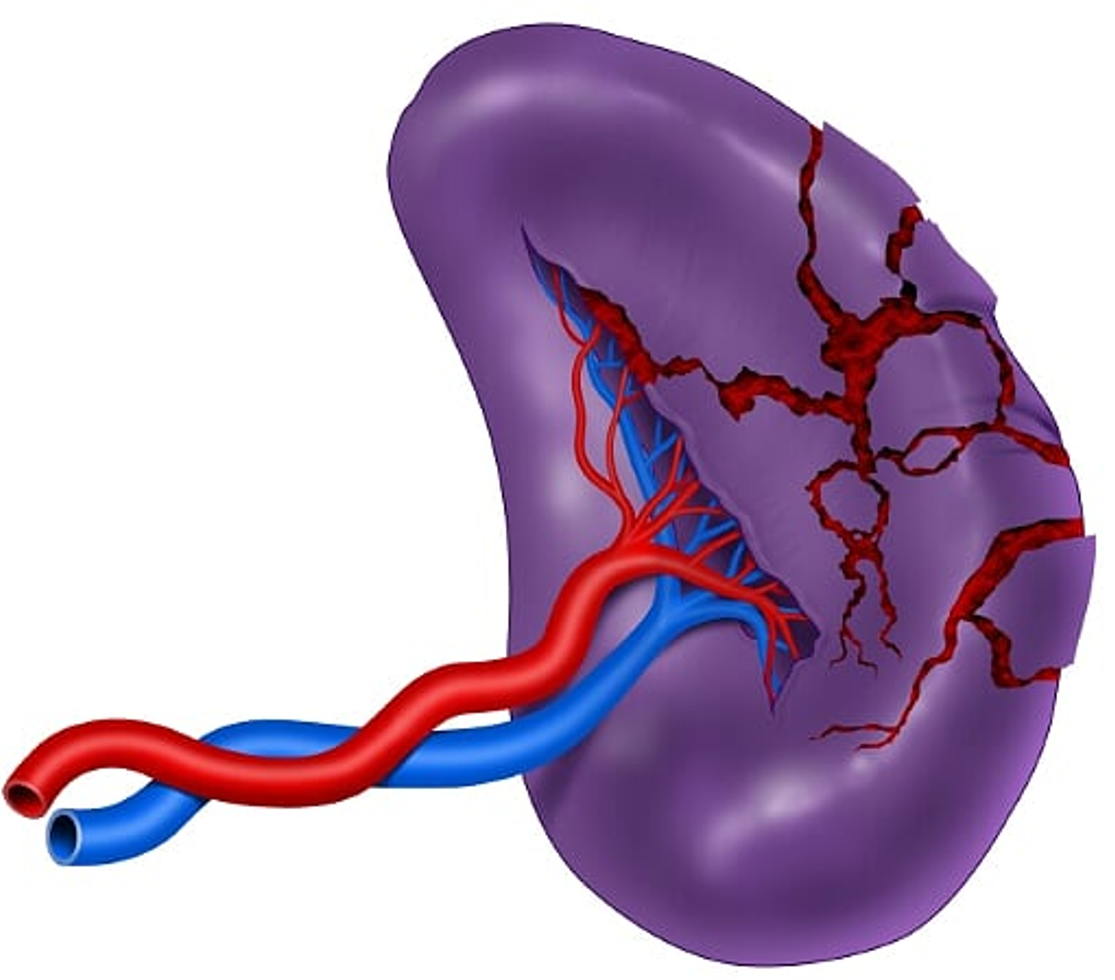Damage control surgery for splenic trauma: "preserve an organ - preserve a life"
Keywords:
Injury Severity Score, Spleen, Splenectomy, Focused Assessment with Sonography for Trauma, Laparotomy, Negative-Pressure Wound Therapy, Angiography, Balloon Occlusion, Vascular Access Devices, REBOA, Damage Control SurgeryMain Article Content
The spleen is one of the most commonly injured solid organs of the abdominal cavity and an early diagnosis can reduce the associated mortality. Over the past couple of decades, management of splenic injuries has evolved to a prefered non-operative approach even in severely injured cases. However, the optimal surgical management of splenic trauma in severely injured patients remains controversial. This article aims to present an algorithm for the management of splenic trauma in severely injured patients, that includes basic principles of damage control surgery and is based on the experience obtained by the Trauma and Emergency Surgery Group (CTE) of Cali, Colombia. The choice between a conservative or a surgical approach depends on the hemodynamic status of the patient. In hemodynamically stable patients, a computed tomography angiogram should be performed to determine if non-operative management is feasible and if angioembolization is required. While hemodynamically unstable patients should be transferred immediately to the operating room for damage control surgery, which includes splenic packing and placement of a negative pressure dressing, followed by angiography with embolization of any ongoing arterial bleeding. It is our recommendation that both damage control principles and emerging endovascular technologies should be applied to achieve splenic salvage when possible. However, if surgical bleeding persists a splenectomy may be required as a definitive lifesaving maneuver.

This work is licensed under a Creative Commons Attribution-NonCommercial 4.0 International License.
The copy rights of the articles published in Colombia Médica belong to the Universidad del Valle. The contents of the articles that appear in the Journal are exclusively the responsibility of the authors and do not necessarily reflect the opinions of the Editorial Committee of the Journal. It is allowed to reproduce the material published in Colombia Médica without prior authorization for non-commercial use


 https://orcid.org/0000-0002-1641-0421
https://orcid.org/0000-0002-1641-0421